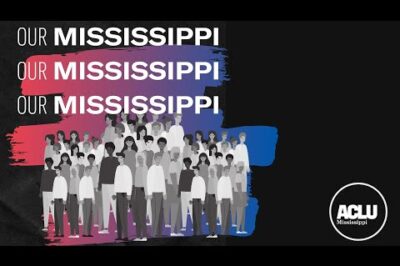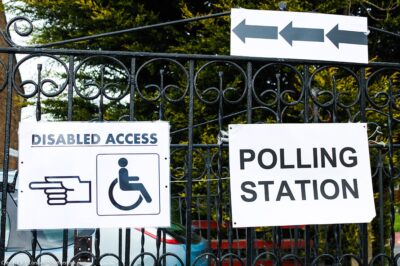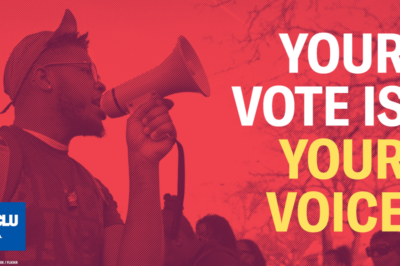
We’re having our quadrennial encounter with the menace of voter fraud. We are to believe that gangs of undocumented aliens and the unemployed will vote illegally or, if registered, on multiple occasions. They’ll do this to capitalize on the fraudulent registrations secured by paid operatives who can’t make money in any other way. We’re told that this alleged pattern is a menace to democracy.
This is not a new part of the political dialog. The charges have been around for decades. They’ve been revived with real vigor over the past eight years.
Given the danger proposed, here’s some important evidence. The U.S. Department of Justice has voter fraud at the top of its agenda. With their clear emphasis on law enforcement prerogatives, the goal to shut down alleged voter fraud produced next to nothing:

(Chart from the Politics of Voter Fraud by Lorraine C. Minnite, Ph.D.)(pdf)
Three years, 38 cases, 11 guilty pleas, and 13 convictions: that’s it. It is the best outcome the Department of Justice could get. They’ve been at it 30 years so you’d think they would have learned a trick or too.
Yet, voter fraud has been a major focus of the department. Look at the attention it got and the time spent on it at Justice and the Election Assessment Commission. But here is the conclusion of an exhaustive review of voting evidence:
“– though voter fraud does happen, it happens approximately 0.0009% of the time. The similarly closely-analyzed 2004 election in Ohio revealed a voter fraud rate of 0.00004%. National Weather Service data shows that Americans are struck and killed by lightning about as often.” (Author’s emphasis)
In 2005, two major studies were commissioned by the Election Assistance Commission. One was on voter intimidation and the other on polling place fraud. The results were in line with the Brennan Center and others — there is virtually no election fraud and voter suppression is a major problem. OMB Watch describes what happened:
- “the original report found little evidence of polling place fraud, while the final report said there is “a great deal of debate on the pervasiveness of fraud.”
- ‘the original report found “evidence of some continued outright intimidation and suppression” of voters, but the final report said voter suppression is also a topic of debate.
- ‘the original report found “false registration forms have not resulted in polling place fraud”, but the final version blamed nonprofit organizations, claiming “registration drives by nongovernmental organizations as a source of fraud.”
Those in control are creating a virtual reality regardless of the facts.
The simple truth is that voter fraud is so rare that it has no relationship with our elections. Yet millions of dollars and countless hours are devoted to this legendary menace to democracy.
Those seeking to remedy the real problems in voting rights and the obvious examples of election fraud (wholesale efforts to manipulate entire elections) might feel like abandoning all hope when they enter the Supreme Court of the United States. One of the very worst decisions in recent history was handed down by the court in an ACLU lawsuit challenging Indiana’s restrictive photographic identification law.
There is ample evidence that the purpose of the Indiana photo ID law, the prevention of the phantom crime of voter fraud, would curb turnout in that state. But the court persevered and hypothesized that they’d actually found some real evidence. What was the evidence that was so compelling that it resulted in sanctioning photo ID laws in all 50 states? (See this extended note from “Polite Fascism Contracts the Right to Vote.“)
There is one obvious question from all of this:
How do you work in a system and with people in that system who both deny the reality of voting and creates a fictitious crime based on little if any data that consumes enormous resources?




